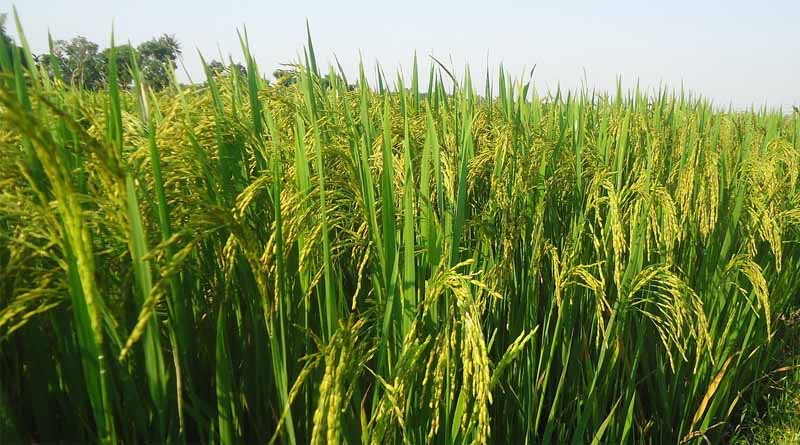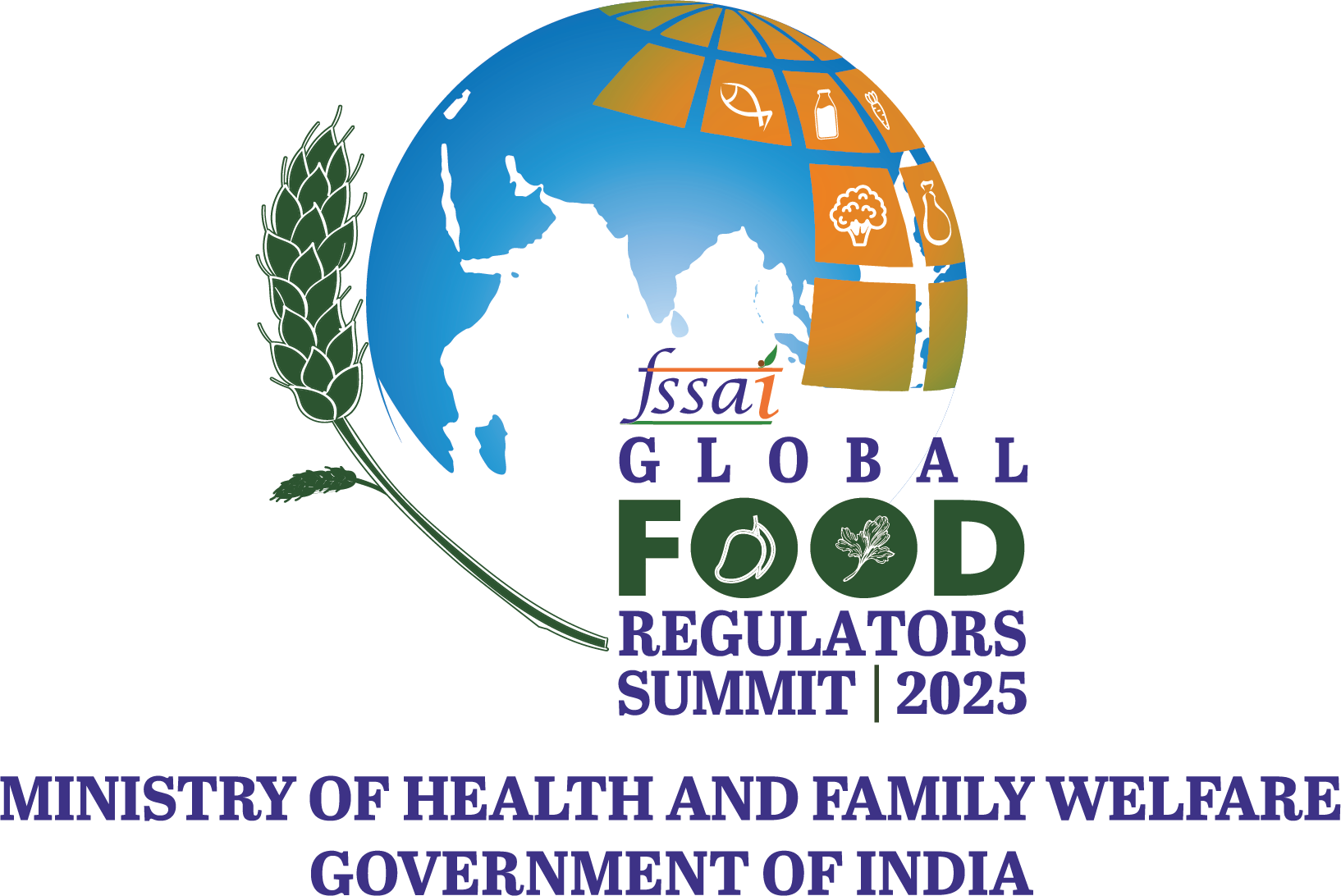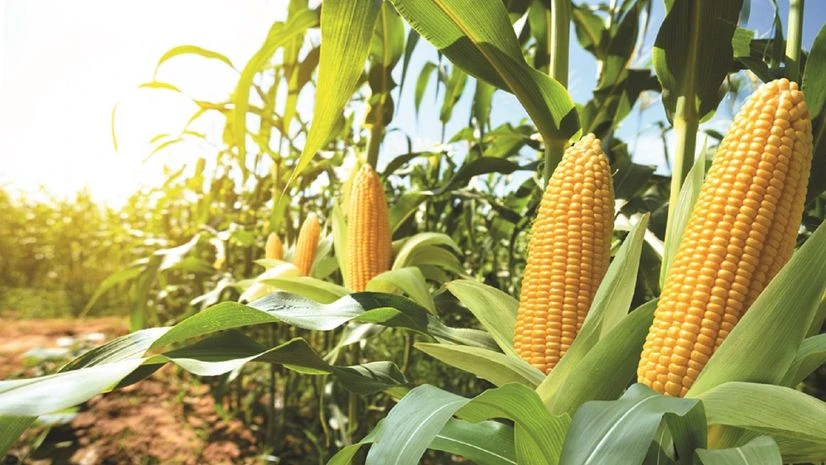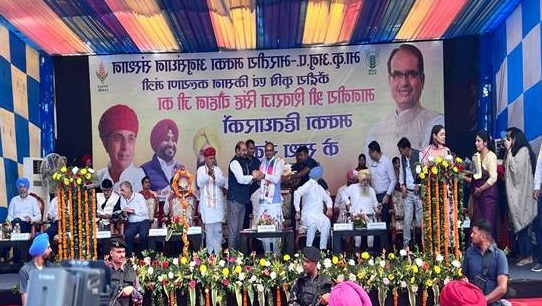
The Ministry of Agriculture and Farmers Welfare has released the latest data on Kharif 2025 sowing, providing insights into India’s crop dynamics this season. As per the Progressive Crop Area Sown Report dated 22 August 2025, the total area under Kharif crops has reached 1073.98 lakh hectares, showing an increase of 35.40 lakh hectares compared to last year, marking a growth of 3%. While the overall picture looks positive, a closer analysis reveals interesting trends—particularly the significant expansion of rice and maize and the decline in soybean and cotton.
Rice Leads the Kharif Season
Rice continues to remain the backbone of Kharif agriculture in India. In 2025, rice has been sown across 420.41 lakh hectares, up from 390.80 lakh hectares last year. This represents a robust growth of 29.60 lakh hectares or 8%. The expansion of rice acreage is one of the major contributors to the overall increase in Kharif sowing this year.
The increase is likely influenced by favourable monsoon distribution across key rice-growing states and the government’s continued push for ensuring food security through paddy cultivation. Higher Minimum Support Price (MSP) assurance and procurement policies may also have encouraged farmers to expand rice cultivation. With rice sowing touching above the ″normal″ benchmark of 403.09 lakh hectares, this trend reinforces its dominance as the primary Kharif crop in India.
Maize Gains Substantially at the Cost of Soybean
A key highlight of this Kharif season is the remarkable rise in maize cultivation. Farmers have sown maize over 93.34 lakh hectares compared to 83.58 lakh hectares in 2024, an increase of 9.76 lakh hectares (12%). This surge in maize acreage is significant, especially as it coincides with a decline in soybean cultivation.
Soybean, traditionally the dominant oilseed of Kharif, has declined from 124.88 lakh hectares in 2024 to 120.11 lakh hectares in 2025, marking a reduction of 4.77 lakh hectares (4%). The shift suggests that farmers, particularly in Madhya Pradesh and Maharashtra—India’s soybean belt—may be opting for maize due to its relatively stable returns, lower susceptibility to erratic rainfall, and growing demand in feed and starch industries.
This trend is crucial because it signals a structural shift in Kharif oilseeds versus cereals, where maize is emerging as a strong competitor to soybean for land allocation. If the trend continues, soybean could gradually lose its commanding position in Kharif oilseed acreage.
Cotton Faces a Setback
Another major crop facing pressure this Kharif is cotton. The acreage under cotton has declined to 108.47 lakh hectaresin 2025 compared to 111.39 lakh hectares in 2024, registering a fall of 2.92 lakh hectares (3%). This decline is significant because cotton is a key cash crop for farmers in Gujarat, Maharashtra, Telangana, and Andhra Pradesh.
Several factors may have contributed to this reduction. Erratic monsoon patterns in cotton-growing belts, high input costs, pest challenges in some regions, and better returns from competing crops like maize and rice could be discouraging farmers. The dip in cotton acreage may also affect India’s textile sector, which relies heavily on domestic production.
All India: Progressive Crop Area Sown Report – Kharif 2025
| Crops | Normal (DA&FW) | Area Sown 2025-26 | Area Sown 2024-25 | Difference (Lakh Ha) | Growth |
|---|---|---|---|---|---|
| Rice | 403.09 | 420.41 | 390.80 | 29.60 | 8% |
| Total Pulses | 129.61 | 112.77 | 111.42 | 1.34 | 1% |
| Tur | 44.71 | 43.98 | 44.77 | -0.78 | -2% |
| Kulthi | 1.72 | 0.26 | 0.23 | 0.04 | 13% |
| Urad | 32.64 | 21.71 | 20.31 | 1.39 | 7% |
| Moong | 35.69 | 33.95 | 33.50 | 0.45 | 1% |
| Other Pulses | 5.15 | 3.70 | 3.50 | 0.19 | 6% |
| Moth Bean | 9.70 | 9.17 | 9.11 | 0.05 | 1% |
| Total Coarse Cereals | 180.71 | 187.12 | 175.93 | 11.18 | 6% |
| Jowar | 15.07 | 13.90 | 13.98 | -0.08 | -1% |
| Bajra | 70.69 | 67.20 | 66.90 | 0.30 | 0% |
| Ragi | 11.52 | 7.99 | 7.27 | 0.72 | 10% |
| Maize | 78.95 | 93.34 | 83.58 | 9.76 | 12% |
| Other Small Millets | 4.48 | 4.68 | 4.20 | 0.49 | 11% |
| Total Oilseeds | 194.63 | 182.38 | 187.64 | -5.26 | -3% |
| Groundnut | 45.10 | 45.30 | 46.56 | -1.25 | -3% |
| Sesamum | 10.32 | 9.83 | 10.46 | -0.63 | -6% |
| Sunflower | 1.29 | 0.63 | 0.69 | -0.06 | -9% |
| Soybean | 127.19 | 120.11 | 124.88 | -4.77 | -4% |
| Nigerseed | 1.08 | 0.36 | 0.31 | 0.06 | 16% |
| Castorseed | 9.65 | 6.09 | 4.68 | 1.41 | 30% |
| Other Oilseeds | — | 0.06 | 0.07 | -0.01 | -14% |
| Sugarcane | 52.51 | 57.31 | 55.68 | 1.64 | 3% |
| Jute & Mesta | 6.60 | 5.54 | 5.72 | -0.19 | -3% |
| Cotton | 129.50 | 108.47 | 111.39 | -2.92 | -3% |
| Grand Total | 1096.65 | 1073.98 | 1038.58 | 35.40 | 3% |
(Source: CWWG via Ministry of Agriculture & Farmers Welfare)
Other Crops: Stable or Marginal Movements
Beyond the headline crops, other categories saw mixed trends. Total pulses increased slightly by 1%, reaching 112.77 lakh hectares, with urad and moong showing modest gains, while tur saw a small decline. Coarse cereals overall grew by 6%, mainly on the back of maize and small millet expansions. Oilseeds, however, showed an overall 3% decline, dragged down primarily by soybean, groundnut, and sesamum. Sugarcane, a year-round cash crop, recorded a healthy 3% increase, rising to 57.31 lakh hectares.
Promising Outlook
The Kharif 2025 sowing data presents a mixed but promising outlook. On the one hand, the expansion of rice and maize signals resilience in India’s food grain production, ensuring both food security and growing industrial demand. On the other, the decline in soybean and cotton acreage raises concerns for oilseed self-sufficiency and fibre production.
Going forward, the performance of these crops will depend heavily on the progress of the monsoon in September, government procurement strategies, and global market conditions. If current trends sustain, Kharif 2025 may be remembered as the season when maize began reshaping India’s crop acreage dynamics, at the expense of soybean and cotton.
Source : Agropages






